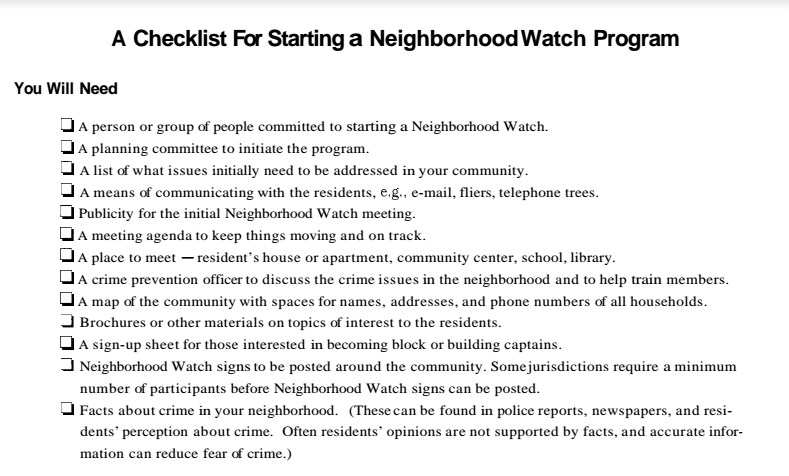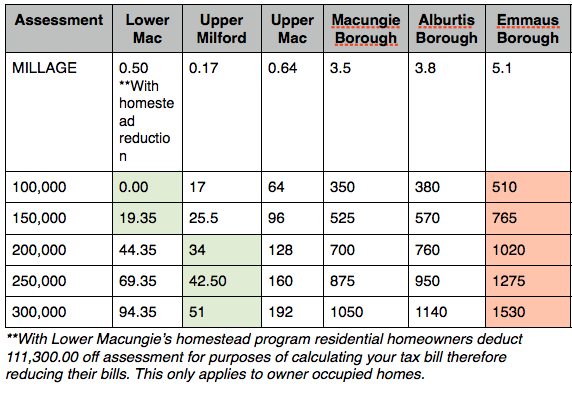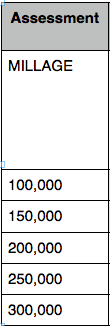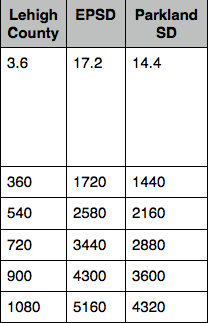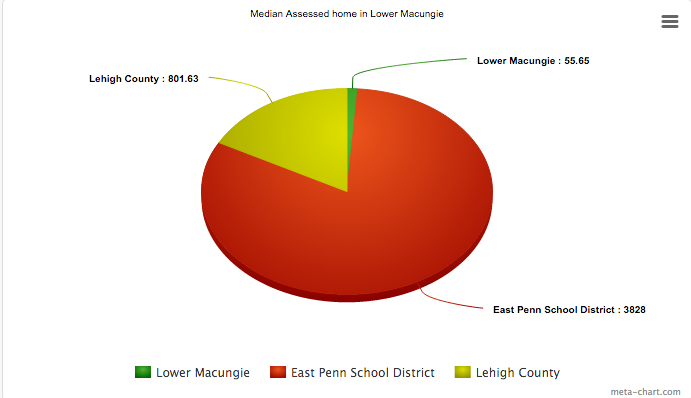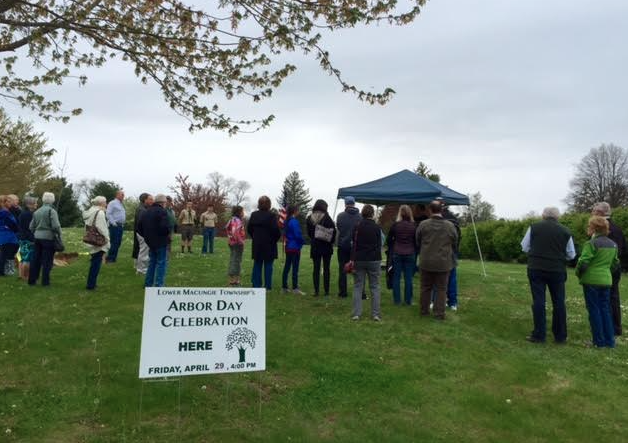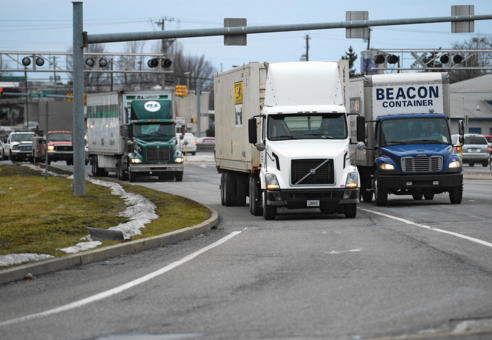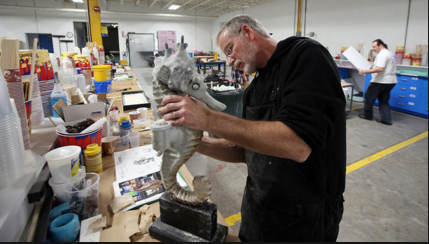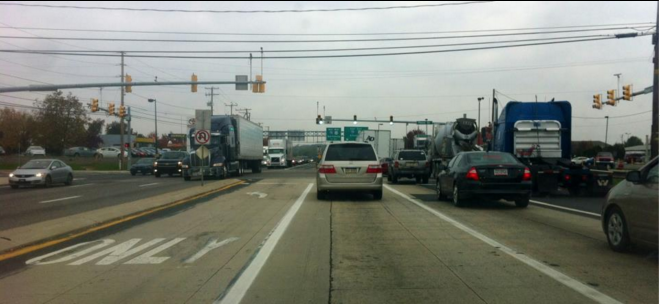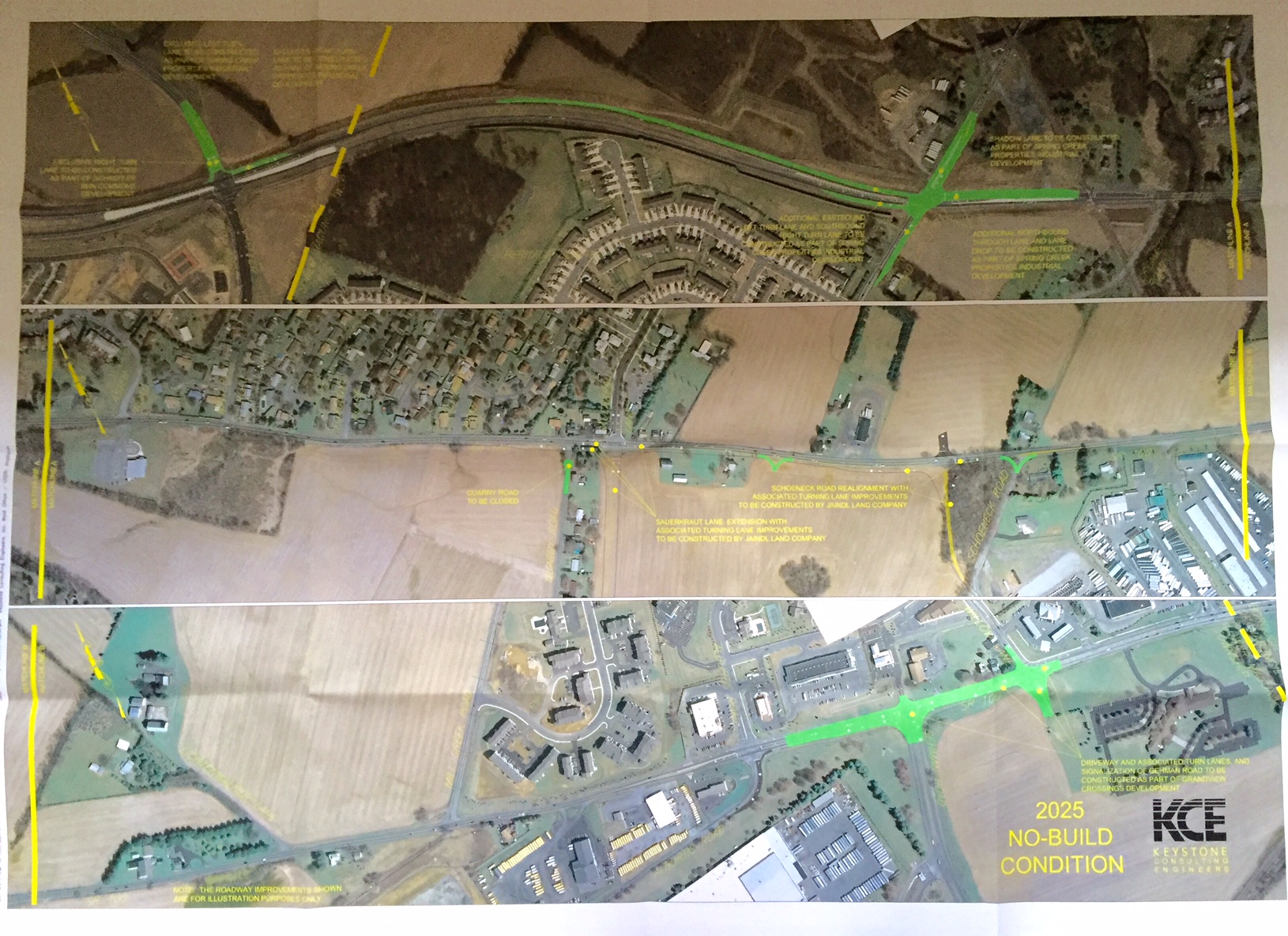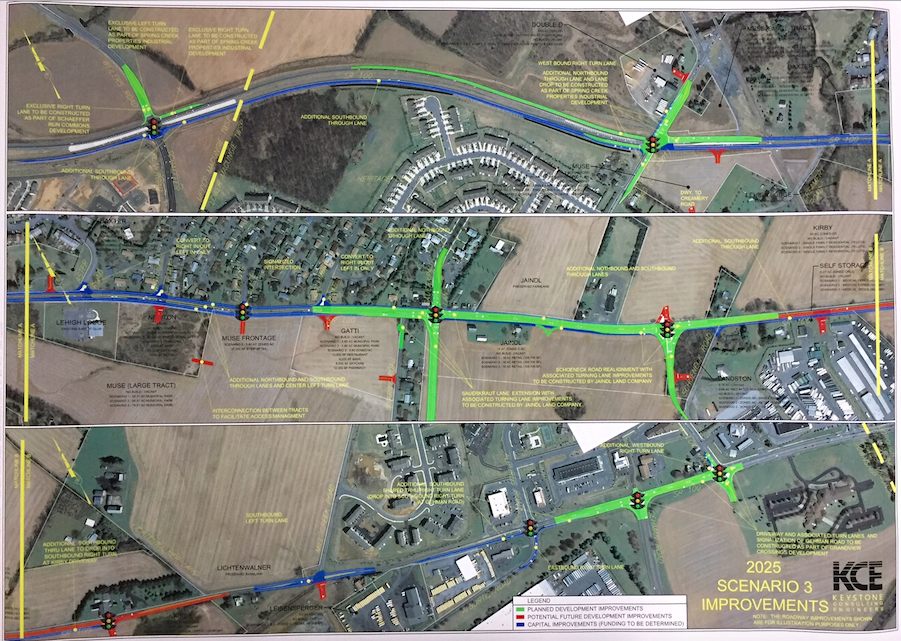Happy St. Patricks Day!
HERE IS A LINK TO THE AGENDA WITH DETAIL
All township BOC meetings are available on video online the next day at www.lowermac.com
You can also always watch them live on Channel 66 on RCN cable.
Announcements & Presentations:
We originally had two presentations scheduled for tonight however the Hamilton Crossings update has been pushed back to the 4/7/16 meeting.
The other presentation on the agenda is the LVPC update on the Southwest Lehigh Comprehensive Plan Update. If you cannot make it tonight for the update, we have all sorts of information here on the Plan Southwest Lehigh County Website!
Mark down these future dates to get engaged! So far over 1000 regional residents have either participated via survey or in person. We’ve had excellent public participation and feedback.

Under communication from the community a couple items of note:
First a thank you to Representative Ryan Mackenzie:
From the letter below: “I previously spoke with Commissioner Beitler about this issue. After our conversation, I reviewed HB 1683 and became a co-sponsor. I believe this bill will aid local governing bodies in recruiting and retaining volunteer first responders” – Ryan Mackenzie
This bill (HB1683) would allow us to give property tax credits to first responders including our volunteer fireman. I thank Ryan for his co-sponsorship. I’ll follow this and other similar bills closely and continue to be an advocate. Looking forward to working with Senator Pat Browne also on this issue.
Recruitment and retention of volunteer fire fighters is vital. Although we are in good shape today according to a recent fire study more incentives for recruitment and retention will ensure we remain in a good position. We depend on hard working and dedicated first responders on a daily basis to protect residents and properties.
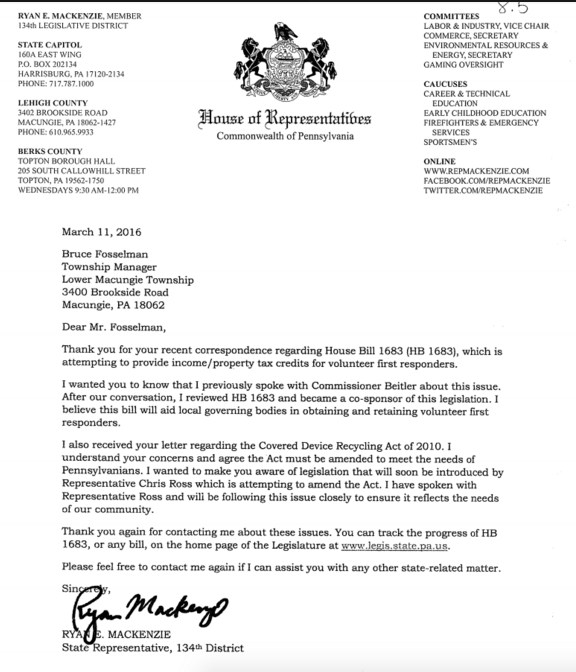
Next a note a thoughtful letter from resident Julie McDonnel on the issue of whether or not to hire an in-house township engineer. This has been an ongoing conversation. To be honest, I’m still undecided on this issue. There are alot of pro’s and con’s. Julie outlines alot of items to be considered.
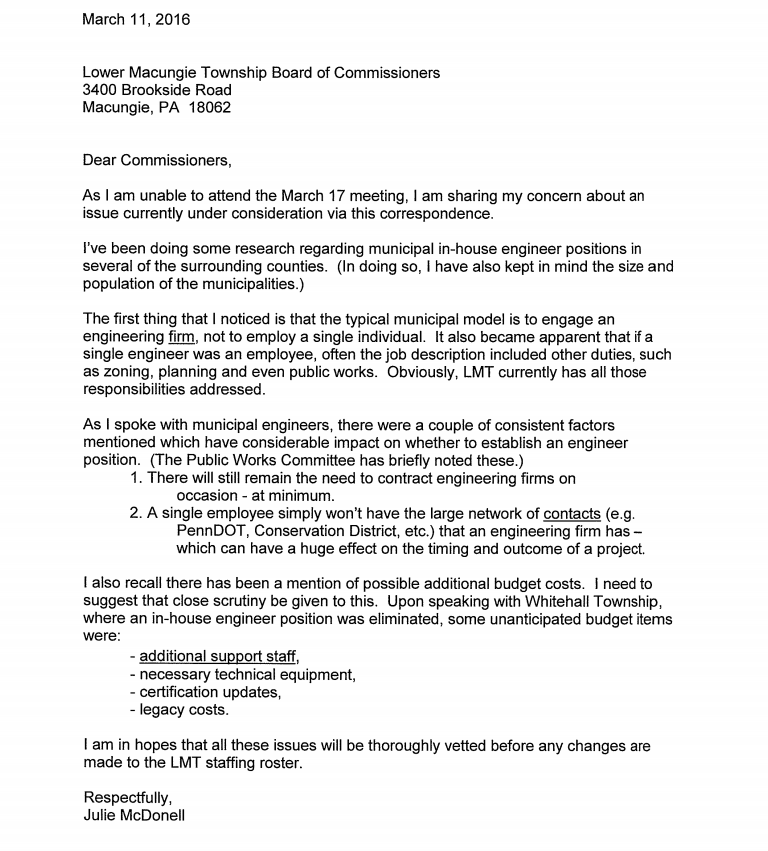 Last letter of note is from the LMT Library director. Kathee Rhode. The library is considering becoming a distribution point for a local CSA. I think this is an interesting idea worth considering. What’s a CSA? Learn here. Community Supported Agriculture (CSA) is a way for consumers to buy local, seasonal produce directly from a farmer in their community.
Last letter of note is from the LMT Library director. Kathee Rhode. The library is considering becoming a distribution point for a local CSA. I think this is an interesting idea worth considering. What’s a CSA? Learn here. Community Supported Agriculture (CSA) is a way for consumers to buy local, seasonal produce directly from a farmer in their community.
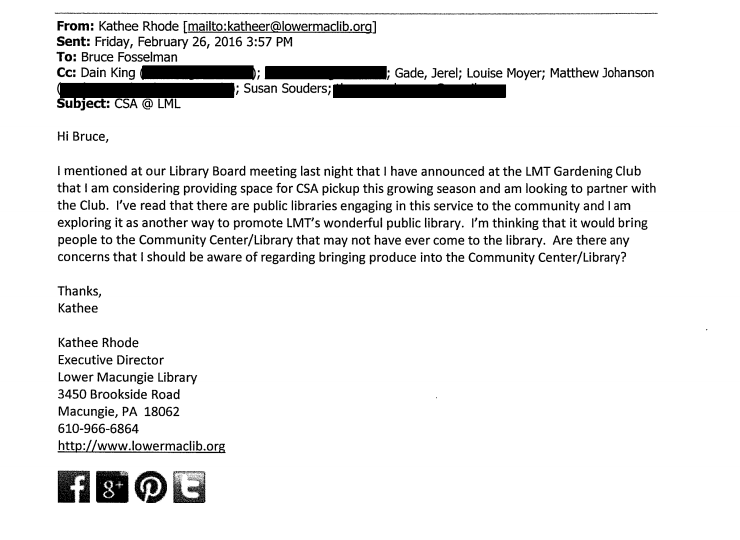
Departmental and committee reports
We have 4 ordinances for consideration tonight. 3 deal with freight traffic:
1. Restricting Trucks on Creamery Rd. – You may have seen a guide rail was recently taken out by a truck attempting to turn on Creamery. No excuse for an 18 wheeler to be on this road. This ordinance is a no brainer. As we have to live with unfortunate decisions to increase warehousing made by prior boards we’ll have to continue working towards ensuring freight stays on appropriate routes.
2. Adding no parking zones on Industrial way. This is a safety and site distance issue that was brought up by the business owners along the roadway.
3. No parking on Gehman Rd. This was coming regardless as part of the Allen Organ development but was expedited at the request of PennDOT.
The last ordinance deals with tweaking and amending a couple SALDO standards. First, we are reducing the front yard setbacks in our commercial zone. This allows for better smart growth design allowing for friendlier neighborhood commercial design. This allows parking to be located to the side and rear of buildings. Visually that means…
THIS:
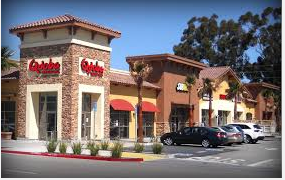
OR THIS
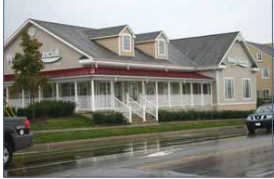
Eliminating arbitrary regulations like excessive setbacks + working with developers on design standards means higher quality development.
INSTEAD OF THIS….
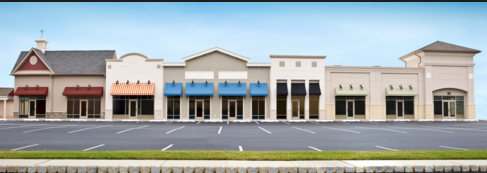
A strip mall is categorized by large expanses of parking lot. Reduces setbacks gives developers the option to build more attractive neighborhood commercial designs.

